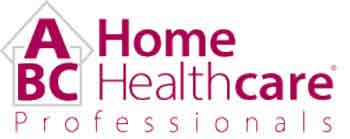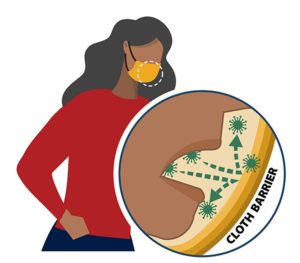SHOW ME! How a Mask Helps Stop the Spread
CDC recommends that people wear masks in public settings and when around people who don’t live in your household, especially when other social distancing measures are difficult to maintain.
They say a picture is worth a thousand words. The illustration here from the CDC website shows how each of us can help keep germs from spreading by simply wearing a mask. By each doing our part we can help keep others safe.
Masks are recommended as a simple barrier to help prevent respiratory droplets from traveling into the air and onto other people when the person wearing the mask coughs, sneezes, talks, or raises their voice. This is called source control. This recommendation is based on what we know about the role respiratory droplets play in the spread of the virus that causes COVID-19, paired with emerging evidence from clinical and laboratory studies that shows masks reduce the spray of droplets when worn over the nose and mouth. COVID-19 spreads mainly among people who are in close contact with one another (within about 6 feet), so the use of masks is particularly important in settings where people are close to each other or where social distancing is difficult to maintain.
Who Should Wear A Mask?
General public
- CDC recommends all people 2 years of age and older wear a mask in public settings and when around people who don’t live in your household, especially when other social distancing measures are difficult to maintain.
- COVID-19 can be spread by people who do not have symptoms and do not know that they are infected. That’s why it’s important for everyone to masks in public settings and practice social distancing (staying at least 6 feet away from other people).
- While masks are strongly encouraged to reduce the spread of COVID-19, CDC recognizes there are specific instances when wearing a mask may not be feasible. In these instances, adaptations and alternatives should be considered whenever possible (see below for examples).


